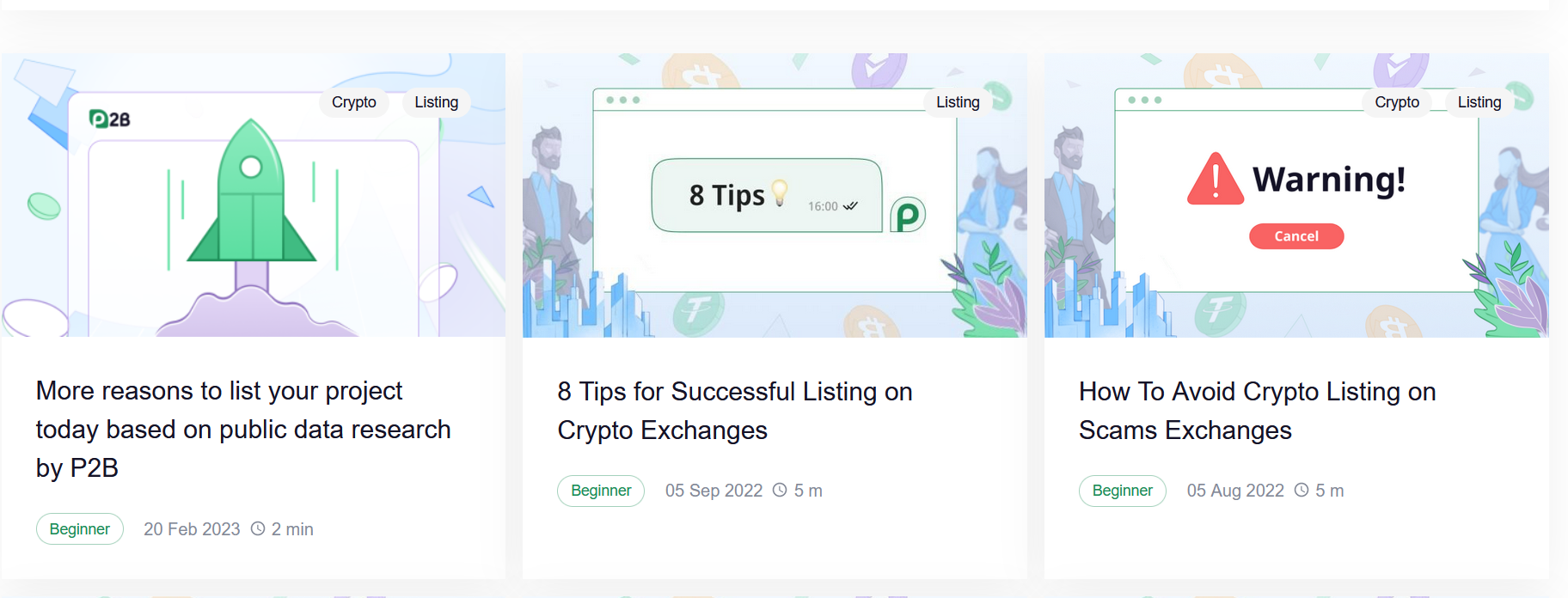Listing a cryptocurrency on an exchange can bring numerous benefits to a project, including increased liquidity, exposure, and accessibility. However, there are also significant risks associated with listing a cryptocurrency that project teams should consider.
The ABCs of Crypto Listings
- Market volatility: Cryptocurrencies are highly volatile assets, and listing a token on an exchange can trigger sudden price fluctuations, leading to significant losses for investors. Moreover, if the project team fails to meet investors’ expectations, the token’s value could plummet, leading to losing confidence in the project.
- Regulatory risks: Regulatory uncertainty is a significant risk for cryptocurrencies, as many jurisdictions have yet to define the legal framework for digital assets fully. If regulators deem a token a security or fail to provide clear guidelines, the exchange may be forced to delist the token, resulting in a significant setback for the project.
- Security risks: Exchanges are attractive targets for hackers, and listing a token on an exchange puts it at risk of being stolen. If the exchange’s security measures are insufficient, the token’s value could be compromised, leading to investor losses.
- Reputation risks: Listing a token on an unscrupulous exchange or one with a poor reputation can expose the project to reputational risks. Investors may associate the token with shady practices, leading to losing confidence in the project.

What is the process for listing a cryptocurrency on an exchange?
Cryptocurrency exchanges are digital platforms that allow users to buy, sell, and trade cryptocurrencies such as Bitcoin, Ethereum, and many others. Listing a cryptocurrency on an exchange can provide exposure for the coin, increase its liquidity, and attract more investors. However, the process of listing a cryptocurrency on an exchange can be complex and depends on several factors.
Here are the steps that a cryptocurrency project must follow to get listed on an exchange:
- Research the exchange: Before applying to an exchange, it is important to research the exchange’s policies, rules, and fees. Not all exchanges are suitable for all types of cryptocurrencies, and some are more stringent than others.
- Meet the requirements: Each exchange has its own set of requirements when it comes to listing new cryptocurrencies. Typically, the project must meet certain technical, legal, and financial standards. This could include having a whitepaper, a working product, a strong community, and a legal entity.
- Apply for listing: Once the project has met the exchange’s requirements, it can apply for listing by submitting an application. This application will typically include information about the project, its team, and its token metrics.
- Pay fees: Exchanges charge listing fees that can range from a few thousand to hundreds of thousands of dollars, depending on the exchange’s popularity and reputation.
- Pass the exchange’s review process: After submitting the application and paying the fees, the project must pass the exchange’s review process.
For the most comprehensive guide to crypto-listing your tokens, check out the best cryptocurrency exchange P2B.



















